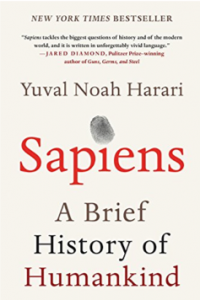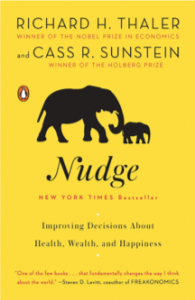By Colette Hapi
As parents, we are always looking for different avenues to help our kids develop skills that will promote success as they grow into their adult lives; this is especially true for parents of kids who have ADHD. As parents, we become quite well-versed on academic-based strategies that can help our children, but there are also non-academic avenues that should warrant our attention, like learning to play an instrument. Your kids can do something they enjoy while simultaneously developing and fostering critical executive functioning skills; sounds like a win-win situation!
You might be wondering: how does playing instruments help with executive functioning? Well, it’s been said that musical training strengthens the brain’s critical tasks, such as processing and retaining information, controlling behavior, and problem-solving. For children to play an instrument, they need to:
- Focus their attention, set goals, prioritize practice over other activities, and plan how to learn a piece. Skills strengthened: Inhibitory control, planning, and prioritizing
- Process multiple stimuli at once, such as keeping in mind what they just played to know what comes next, or remembering the new information that the conductor or teacher tells them and incorporating it into the piece. Skills strengthened: Working memory
- Be flexible enough to switch back and forth between tempos and styles. Skills strengthened: Cognitive flexibility
- Measure how they are currently playing a piece with how they want it to sound. Skills strengthened: Self-monitoring
These habits draw heavily on executive function skills, so for those parents who have already enrolled their kids in musical training classes, kudos to you! To those who haven’t, this might be a good way to help your kids along as they are engaging in something that they, hopefully, enjoy.
P.S.: Stay tuned for our upcoming tip as we go into more detail about the workings of the brain as people are learning instruments and how it helps develop executive functioning skills.
 THINKING ORGANIZED
THINKING ORGANIZED Jennifer: I recently read All American Boys by Jason Reynolds and Brendan Kiely after one of my students was assigned the novel for summer reading. This book focuses on the topics of racism and police brutality, and it became the most powerful book I read all summer. The alternating perspectives of Rashad and Quinn are explored as they navigate the consequences of a violent event that divides their community.
Jennifer: I recently read All American Boys by Jason Reynolds and Brendan Kiely after one of my students was assigned the novel for summer reading. This book focuses on the topics of racism and police brutality, and it became the most powerful book I read all summer. The alternating perspectives of Rashad and Quinn are explored as they navigate the consequences of a violent event that divides their community. tin: Right now, I’m reading David Quammen’s new book The Tangled Tree: A Radical New History of Life. Quammen is one of my favorite science writers, and I’ve been waiting months for this book to come out. It looks at the development of the concept of the tree of life and the changes it’s undergone thanks to breakthroughs in science. This book gives us a comprehensive look at the scientists responsible for altering our understanding of evolution, as well as what impacts this understanding has on our lives.
tin: Right now, I’m reading David Quammen’s new book The Tangled Tree: A Radical New History of Life. Quammen is one of my favorite science writers, and I’ve been waiting months for this book to come out. It looks at the development of the concept of the tree of life and the changes it’s undergone thanks to breakthroughs in science. This book gives us a comprehensive look at the scientists responsible for altering our understanding of evolution, as well as what impacts this understanding has on our lives.

 Tara: I’m reading Nudge: Improving Decisions about Health, Wealth, and Happiness by Cass Sunstein and Richard Thaler. It is a social psychology book that explores the way society makes various choices and provides suggestions for helping people make the best possible choices for themselves. I have always been drawn to these types of books, starting with Steven Levitt and Stephen Dubner’s Freakonomics and Malcolm Gladwell’s Blink. I am fascinated by people’s thought process and the various influences that affect them. As someone who spends a lot of time with teenagers, I am always looking for ways to help my students make the best choices for themselves and their future.
Tara: I’m reading Nudge: Improving Decisions about Health, Wealth, and Happiness by Cass Sunstein and Richard Thaler. It is a social psychology book that explores the way society makes various choices and provides suggestions for helping people make the best possible choices for themselves. I have always been drawn to these types of books, starting with Steven Levitt and Stephen Dubner’s Freakonomics and Malcolm Gladwell’s Blink. I am fascinated by people’s thought process and the various influences that affect them. As someone who spends a lot of time with teenagers, I am always looking for ways to help my students make the best choices for themselves and their future.